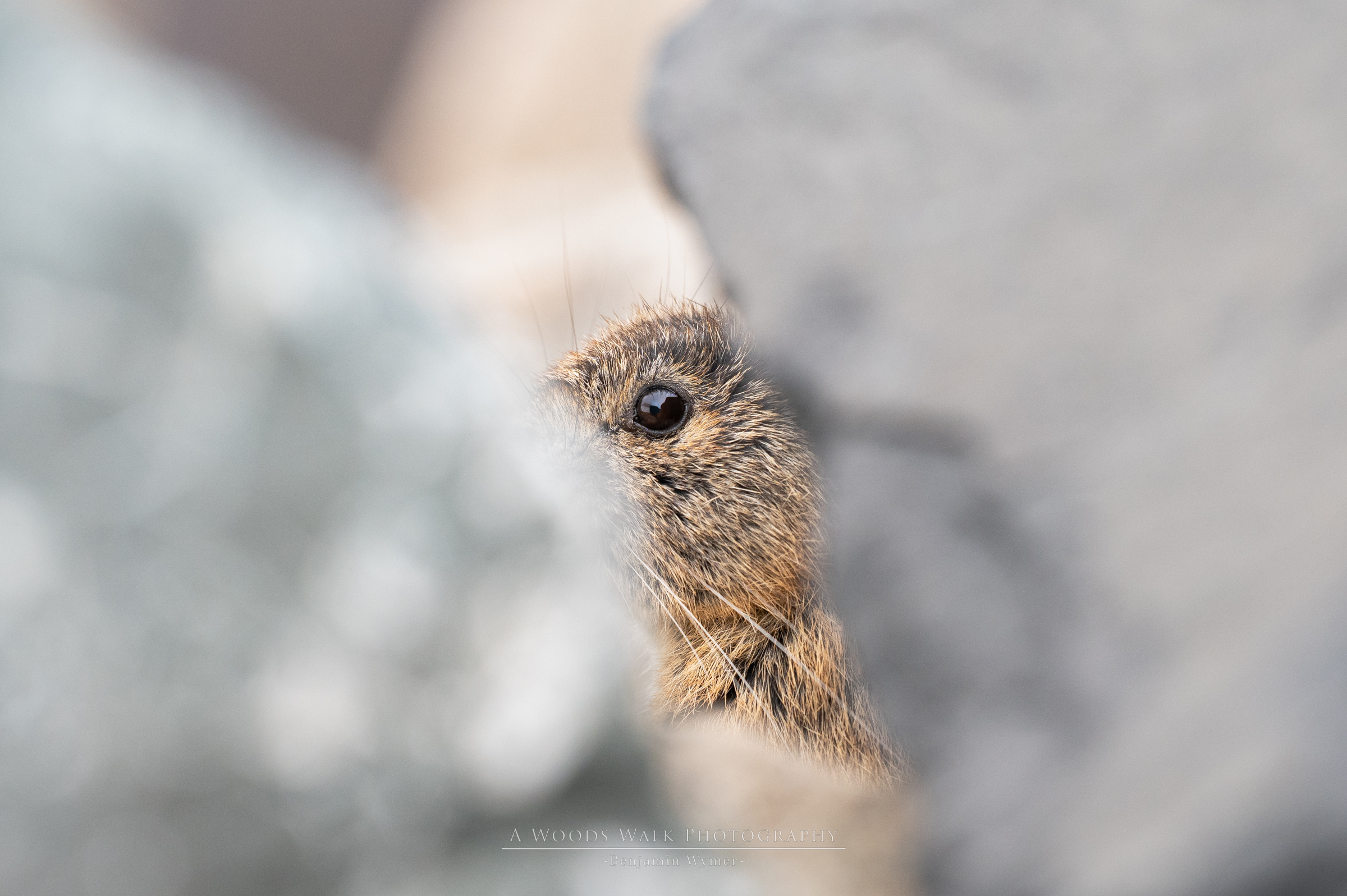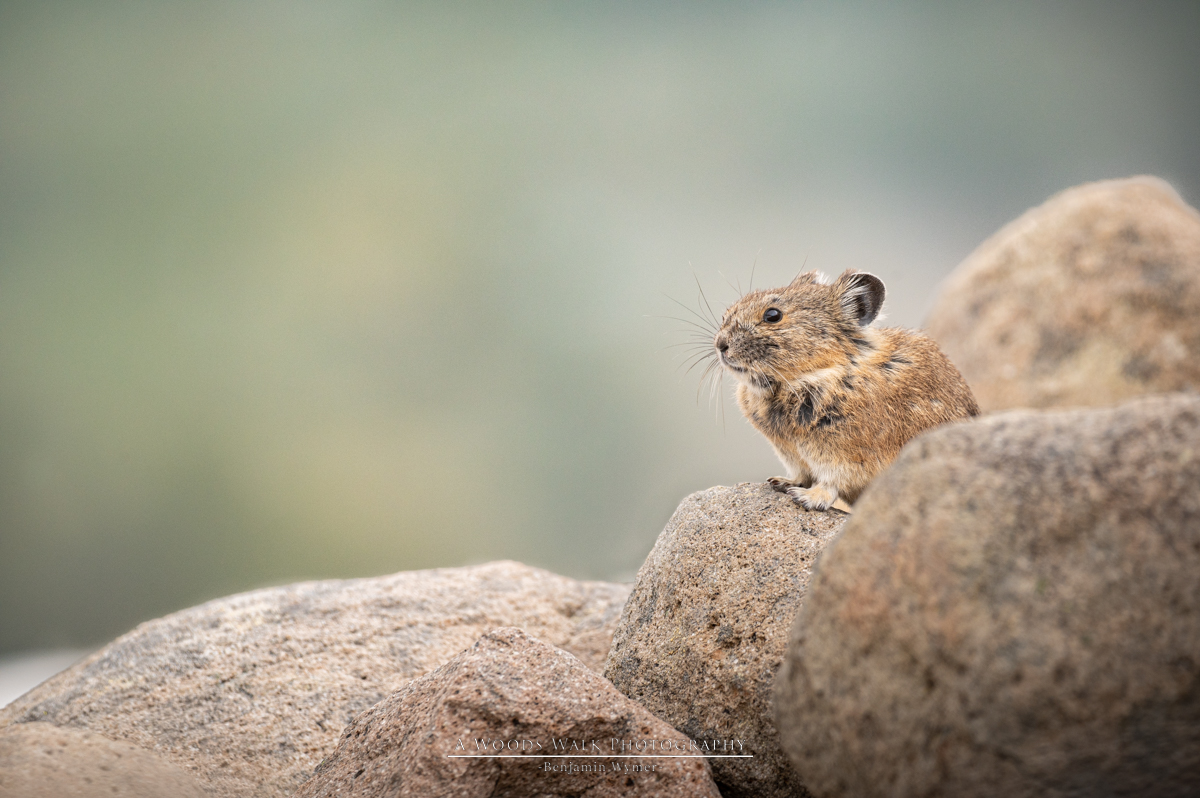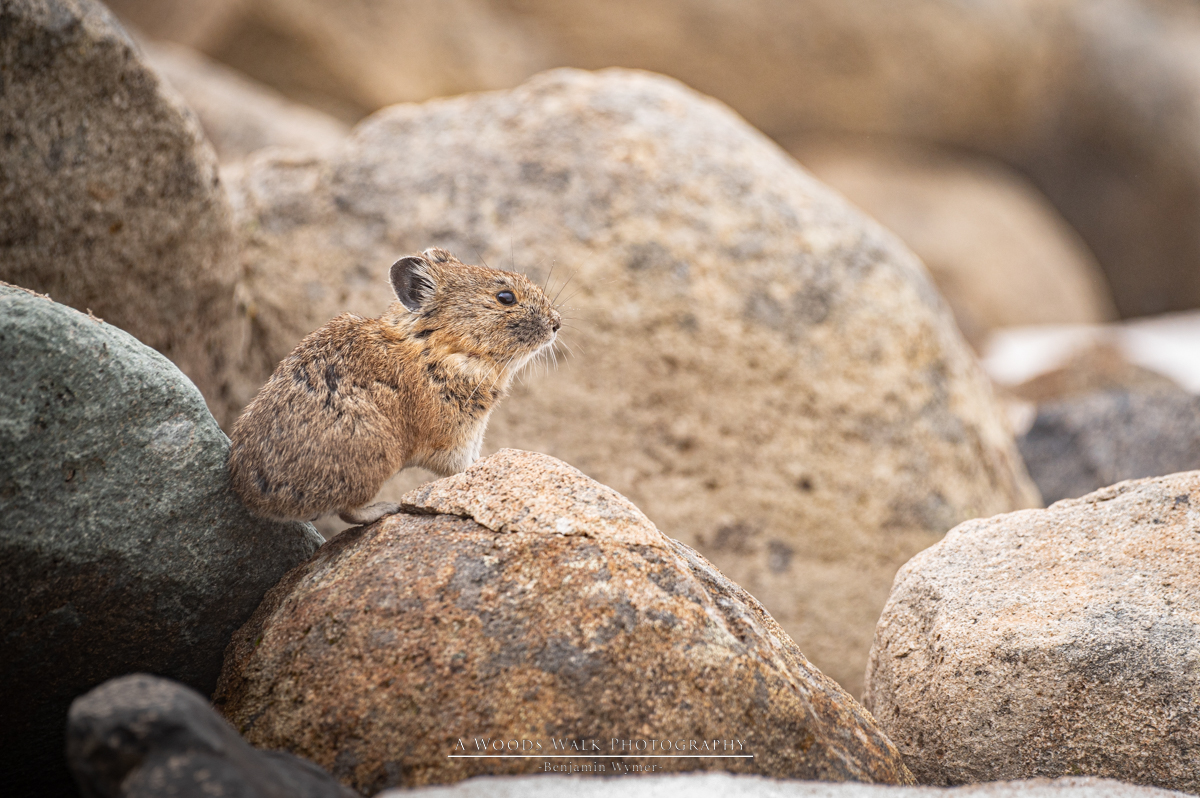
American pika: The Mountaineer
“Eeeeep!” The American pika. These little bundles of energy are some of the toughest characters of the alpine wilderness. In fact, these characters are actually in the Order Lagomorpha (the group that includes rabbits and hares), not Rodentia. For this reason, they have morphological and behavioral differences to rodents.
Pika have evolved an entirely different approach to life in the alpine zone than marmots and ground squirrels (although it should be noted that pika do occur below the alpine zone in some areas). Instead of hibernating like their rodent counterparts, pika are active throughout the winter. To live in this extreme environment, they have incredibly dense, insulating fur. This allows them to maintain their high metabolism through sometimes more than 6 months of snow.
With such a high metabolism, food is ever present on a pika’s mind. One adaptation they evolved has been to create hay piles. When the snow finally melts, pika immediately set about creating a hay pile for the coming winter. They collect flowers, ferns, and grasses from alpine meadows to construct these piles. To ensure the pile stays fresh, they collect poisonous plants. The toxins in the plants break down slower than the non-toxic chemicals meaning that the hay piles stay fresher for longer.
However, pika are under serious threat from climate change. Because of their adaptations to survive extreme cold, pika can only tolerate being out in temperatures above 80°F for about 2 hours and above 70°F for about 6 hours, otherwise they overheat and die. Temperatures and air moisture at high altitudes fluctuate less because of the presence of snow fields that last for months. However, as global temperatures warm and weather patterns change (for example, less snow during the winter), snow fields retreat up slope, to a smaller and smaller area. With their retreat, pika in some areas have no chance to move up slope because they’re already at the summits. Because of this, populations of pika are dotting out in some mountain ranges.
The future for these intrepid mountaineers is one filled with uncertainty.
Work cited:
– Galbreath, K. E., Hafner, D. J., & Zamudio, K. R. (2009). When cold is better: climate‐driven elevation shifts yield complex patterns of diversification and demography in an alpine specialist (American pika, Ochotona princeps). Evolution: International Journal of Organic Evolution, 63(11), 2848-2863.
– Johnston, A. N., Bruggeman, J. E., Beers, A. T., Beever, E. A., Christophersen, R. G., & Ransom, J. I. (2019). Ecological consequences of anomalies in atmospheric moisture and snowpack. Ecology, 100(4), e02638.
– Millar, C. I., Westfall, R. D., & Delany, D. L. (2016). Thermal components of American pika habitat—how does a small lagomorph encounter climate?. Arctic, Antarctic, and Alpine Research, 48(2), 327-343.
– Ray, C., Beever, E., Loarie, S., Brodie, J. F., Post, E., & Doak, D. F. (2012). Retreat of the American pika: up the mountain or into the void. Wildlife conservation in a changing climate. University of Chicago Press, Chicago, IL, 245-270.


